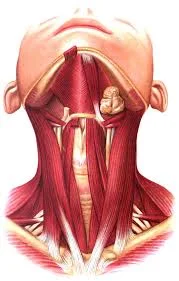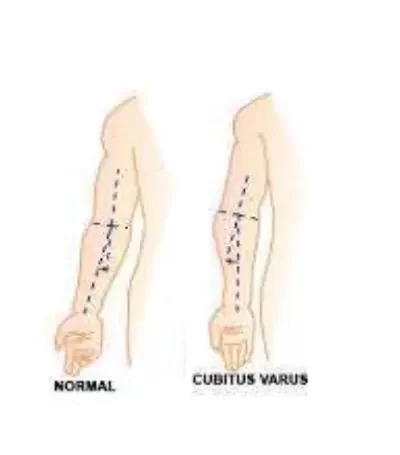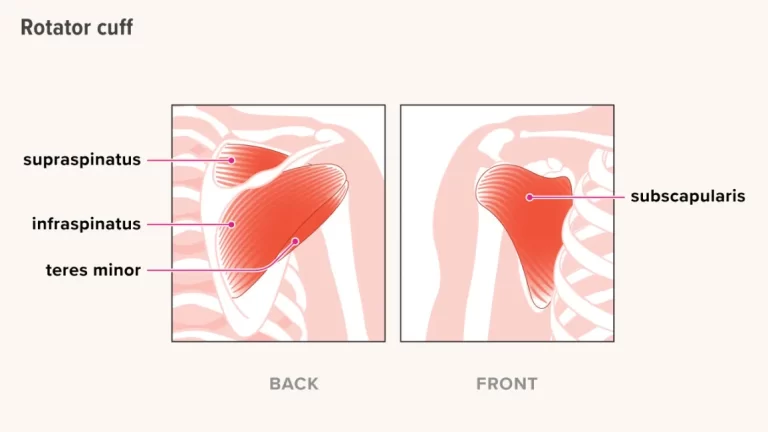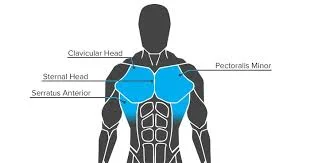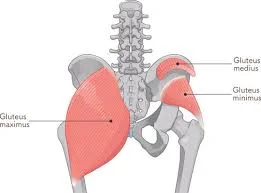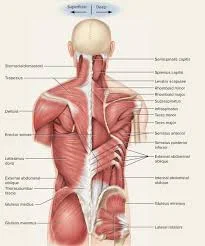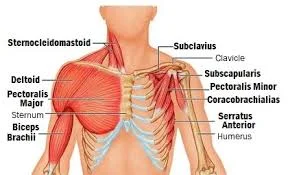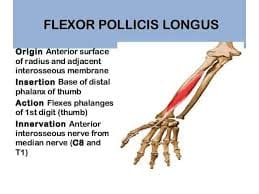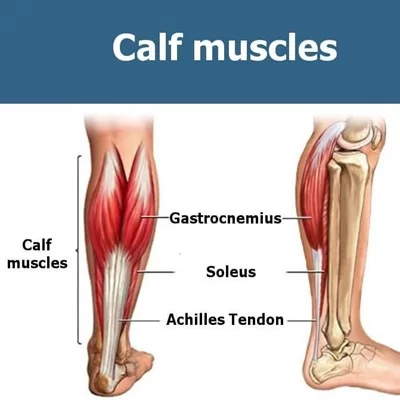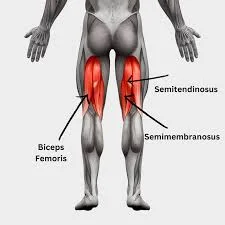Neck Muscles
Introduction The neck muscles are a complex group of muscles that play a vital role in supporting and moving the head, maintaining posture, and facilitating respiration. They are categorized into several groups based on their location and function: the superficial muscles, the deep muscles, and the muscles of the suboccipital region. The neck muscles extend…

